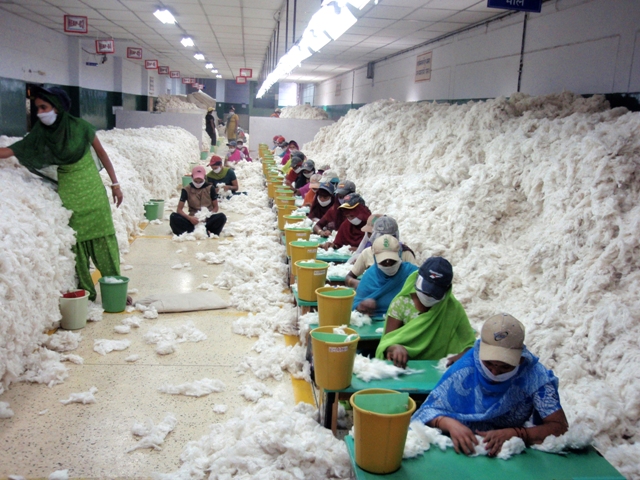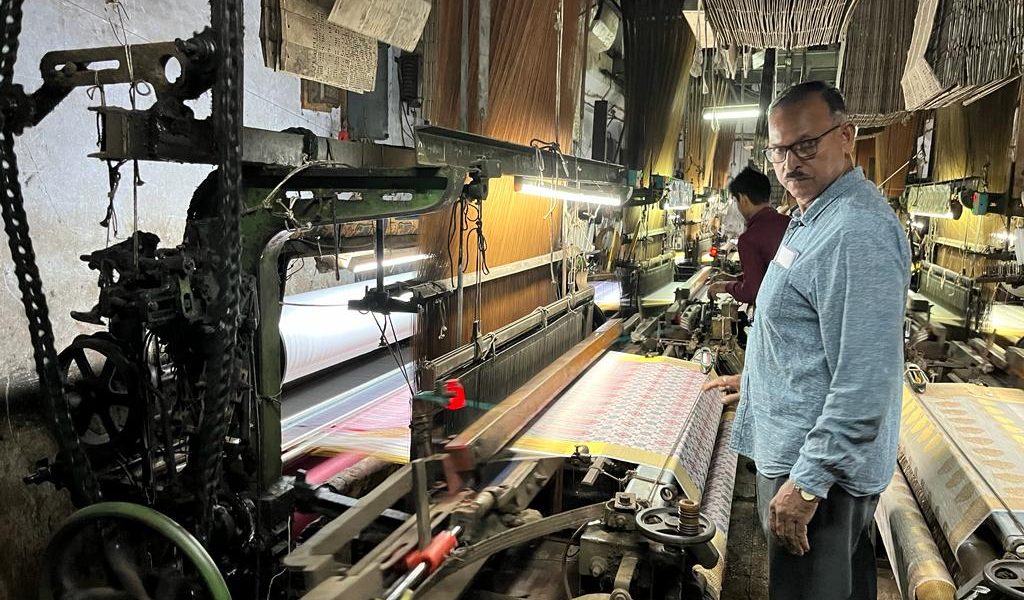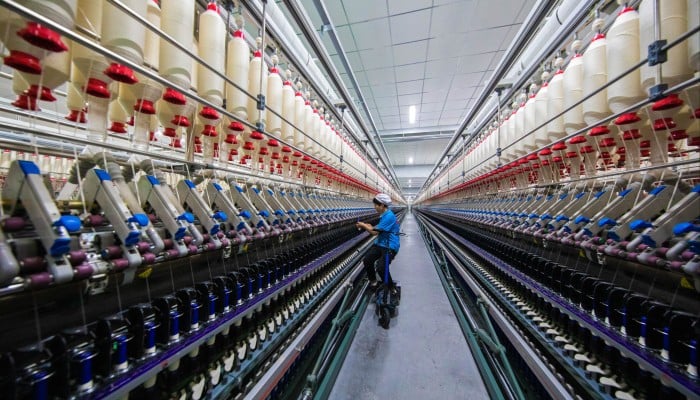
Spinners worldwide are concerned over cotton's quality as the market is likely to be flooded with some cotton which has been stored in warehouses for a long period. They might be eagerly anticipating a period of lower prices for their raw material. This was discussed at the recent ITMF Conference in Beijing and the ICAC Plenary Meeting in Thessaloniki, with experts warning that stockpiled cotton can degrade over time. Quality problems are inevitable; color loss (‘yellowing’) and deterioration of spinning quality are the biggest concerns. Accurate testing with USTER® HVI 1000 is the only sure way to check that cotton supplies are fit for purpose. Against a background of inventory levels which have risen over recent years, prices on world cotton markets look set to fall. It is estimated that more than 100 million bales are in warehouses around the world – a stockpile which would supply the entire textile industry for a whole year. China, the largest single cotton-consuming country, alone has more than half of this total inventory (62 million bales), which would be enough for two years of domestic textile needs.
Long storage affects quality
It is a known fact that raw cotton quality declines over time, even when stored in good conditions. The big issue is loss of color, often referred to as ‘yellowing’. Cotton may come into the warehouse with excellent quality ratings but over time color degradation will take its toll on quality levels stored for long periods. Hence, special attention is required to be paid to cotton sourced from areas with enormous production but poor storage options.
In case Chinese spinners are aware that this cotton may have been in the warehouse for as long as three years, they might baulk at the potential quality risks it carries. In those circumstances, some of these supplies might be unloaded to world markets – spreading the risks to spinners everywhere.
In cotton buying and selling negotiations, color grade is a key driver. That is because a number of serious fabric faults can be traced back to color grading issues. It is essential that spinners know exactly the correct color data for every cotton purchase, so they can ensure that mixing of the bales at the start of the spinning process is appropriate for the yarn quality being produced.
Extensive testing of color degradation of cotton under various environmental conditions has resulted in clear evidence of the seriousness of the problem. If cotton is stored in a cool and dry warehouse, an ideal storage environment, for more than a year it will start to degrade. If conditions are unsuitable – a hot and humid warehouse, for example – the ‘yellowing’ will occur after only six weeks.
Awareness among spinners
Most spinners are aware of the risk of color grade loss with cotton that has been in long-term storage. It may be impossible for them to check on the detailed warehousing environment of cotton purchase. The defect known as barré is an unwanted striping effect in woven or knitted fabric, which becomes visible only during fabric manufacture or even at dyeing – the worst possible times to detect off-quality. The barré effect can be caused directly by inaccurate color grade data, often taken from outdated bale tags.
Re-testing raw cotton samples before making a purchase decision is the solution for spinners is effective cotton classing. For this, the USTER® HVI 1000 is the globally-accepted instrument, used to set cotton calibration standards by the world’s leading cotton authorities, including USDA in the USA, CFIB in China and many other national bodies. The HVI provides fast and accurate data on color grade levels, so that spinners can compare quality data from bale tags with their own test results. Not only does it give them security that their cotton purchase is good value, it also helps to determine the optimum mix of qualities for the start of the spinning process.












